Whether you are preparing for an ultra marathon or keeping in shape during the off-season, your diet has a huge impact on performance. Maintaining the perfect balance between training and nutrition can be overwhelming, especially with all of the misinformation out there on how to fuel your body. To help, we’ve narrowed down the top mistakes you might be making in terms of nutrition, and how to fix them. If any (or all) of these common mistakes sound familiar, read on to learn why and how to avoid them for good in order to improve your athletic performance!
1. Not getting enough calories
Ultra endurance athletes are at an increased risk of suffering fromlow energy availability. This should not come as a surprise, as it may be challenging to adequately fuel the body for the amount of activity done. Low energy intake affects numerousaspects of health and performance, includingmetabolic rate, menstrual function, bone health, immunity, protein synthesis, cardiovascular and psychological health.
The fix: Using acalorie counter app may serve as a useful tool to ensure you are hitting your required amount of calories each week to support your training. As well, you can approximate your daily caloric needs using theHarris Benedict Equation.
2. Inadequate hydration during exercise
Staying hydrated at all times is super important to keep the body as efficient as possible. A moderate dehydration, which is when 3-5% of body weight is lost during exercise, can lead to asignificant decrease of extracellular fluid volume, decreased blood pressure, a chance of overheating, decreased blood volume and cardiac output, and an increased body temperature.
The fix:Start your training in an euhydrated state and prime the stomach with a comfortable volume of fluids. It isrecommendedto drink 5-7 mL/kg 4 hours before exercise, and an additional 3-5 mL/kg 2 hours before exercise if no or dark urine. Consumingsalted snacksorsmall amounts of fluids with sodium can also help retain body fluid. For example, if you are someone who weighs 70 kgs, you will need 350-490 mLs of fluid 4 hours before exercise, with an additional 210-350 mLs if needed. During exercise, the goal is to replace water and electrolytes lost while avoiding excessive dehydration. Relying on your thirst sensation alone is not adequate as2% of body weight is already lostat that point, leading to involuntary dehydration. Fluid ingested during training should containelectrolytes(0.5-0.7 grams of sodium per liter of fluid) andcarbohydrates(5-10 grams CHO per 100 mL of fluid), although the volume of fluid needed will depend on sweat rates and the environment. You can make arecipe at home by combining 1 L water, 0.3-0.5g salt, 1 L juice, and lemon juice (for taste)!
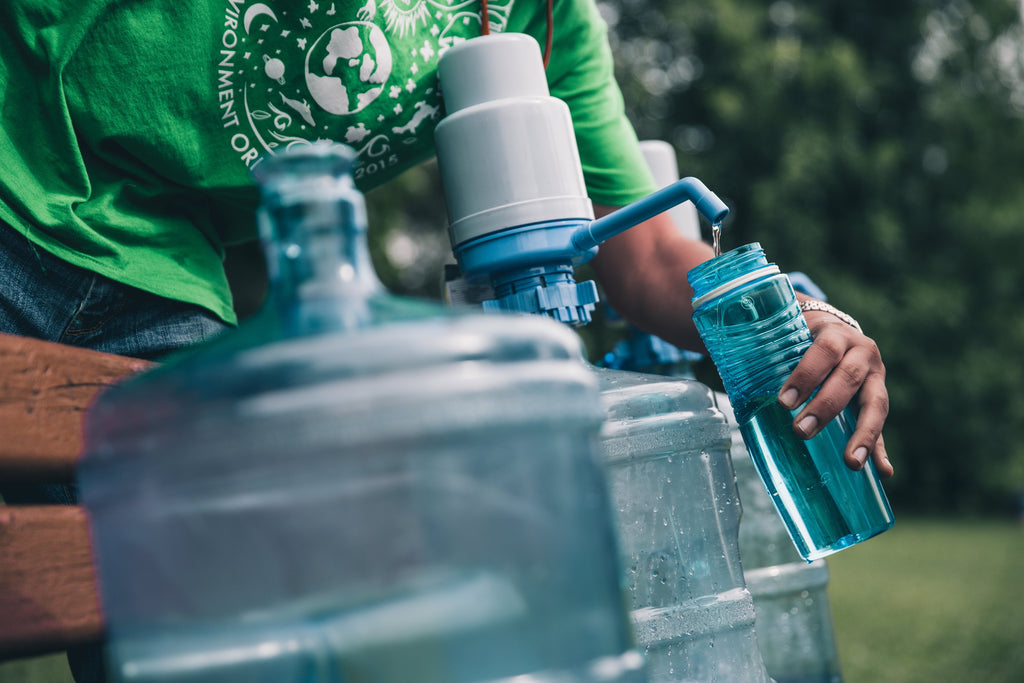
3. Poor post-workout nutrition
It is commonly seen that athletes are not consuming the appropriate nutrition needed after an intense training session. There is awindow of opportunity after a workout where the body optimizes its ability toreplenish energy stores, particularly muscle and liver glycogen. Athletes who take advantage of post-exercise nutrition will have higher quality training sessions as they won’t feel as fatigued.
The fix: Within the first 30 minutes after a long training session, it isrecommended to eat1.5 g/kg of carbohydrates and0.3 g/kg of protein to replenish glycogen stores. Using the example of a 70 kg athlete, this would amount to 105 grams of carbs and 21 grams of protein.Näak energy bars are afantastic and convenient way to get in your post-workout nutrition as they provide a good amount of carbs and protein along with other essential nutrients and minerals. Within 2-3 hours post-exercise, it would be appropriate to have awhole foods meal consisting of mostly carbohydrates with some protein.

4. Overcompensating before race day
Far too many athletes overdo their nutrition in the days prior to a race, especially when it comes to “carbo loading”. However, a drastic change in diet can actually be harmful to your body.
The fix: The biggest change in your routine the week before race day should be in your training,not in your food. In the days leading up to an event, you want to optimize liver and muscle glycogen reserves, keeping in mind thequantity, quality, and timing of your food. Pre-competitionrecommendations vary according to the duration of the event: 6 g/kg/day is recommended for events less than 90 minutes while 10-12 g/kg/day with 1-4 g/kg within 4 hours prior to the event is suggested for events lasting longer than 90 minutes. This sort of modestcarbohydrate loading 6 days prior to an endurance competition has been shown to helpdelay the onset of fatigue by 20%!
5. Low iron status
Endurance athletes are prone to having low iron status due to inadequate dietary intake in combination with increased iron losses, increased iron needs, and reduced iron absorption. If you are a female athlete, the losses are even greater with menstruation. Low levels of this mineral is linked to feelings ofexhaustion and poor recovery.
The fix:Male athletes should aimfor10-15 mg/day of iron while female athletes need a higher range of 18-20 mg/day. Iron comes in two forms: heme and non-heme. Heme iron is found in meat products such as beef, lamb, fish, and chicken while non-heme iron is in plant sources such as lentils, spinach, nuts, and seeds. If you are ingesting mainly non-heme iron, as with a vegan diet, consuming vitamin C rich foods enhances its absorption. Alternatively,crickets are a fantastic source of heme iron, and provide twice the amountof iron found in spinach!
6. Following what others do
A common mistake seen in athletes is modeling their daily nutrition choices off an elite athlete. Well known endurance athletes commonly use social media as a platform to inform the broader community about their food preferences, supplement intake, and fluid needs.
The fix: While it is great that such information is available and can be useful to spark inspiration or insight, it is ourphysiology, daily training regiment, and annual race calendarsthat ultimately dictate our daily nutritional needs, all which vary greatly between people. Following what others do may negatively impact your performance, as you may be getting too little or too much of what you actually need. Take what others say as a consideration, but take into account your own needs!
In conclusion
Even if you are a professional triathlete or marathoner, it can be easy to fall into these common errors. Ultimately, all of these mistakes may lead to a decline in performance and cause health problems. Remember to always adjust accordingly in regards to your own personal needs and be sensible; after all, the last thing you want after training for months is to ruin your performance with poor nutrition.


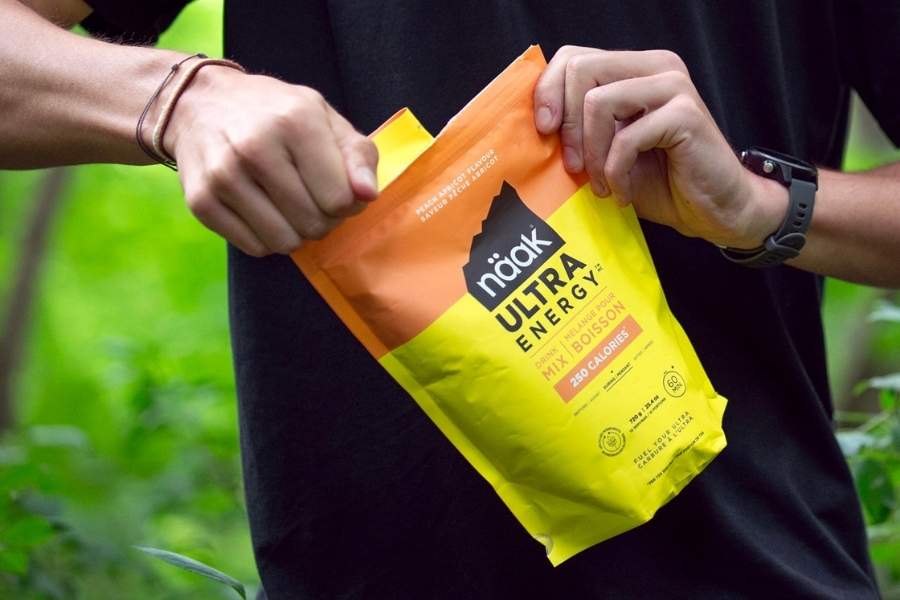
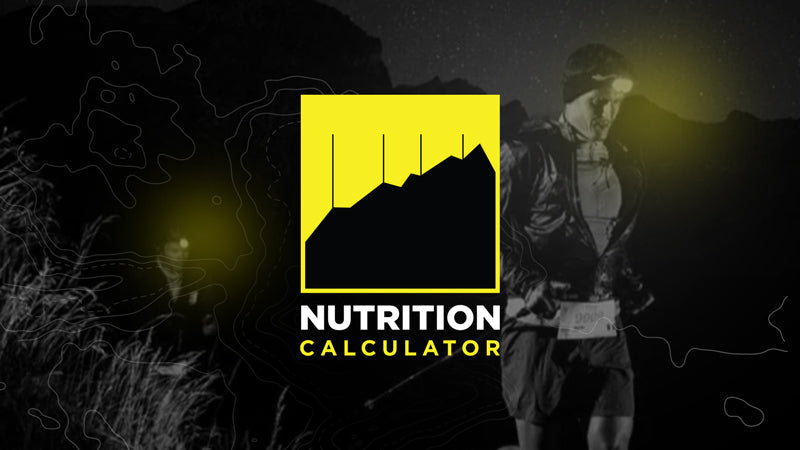
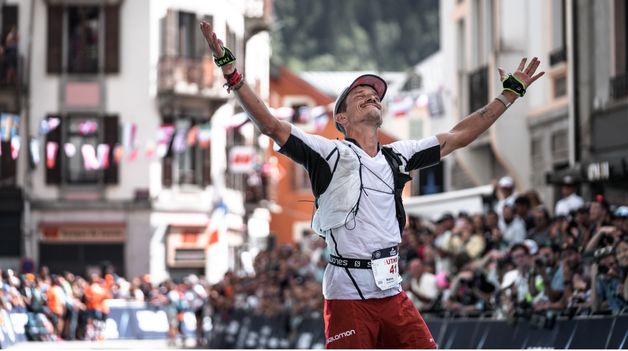



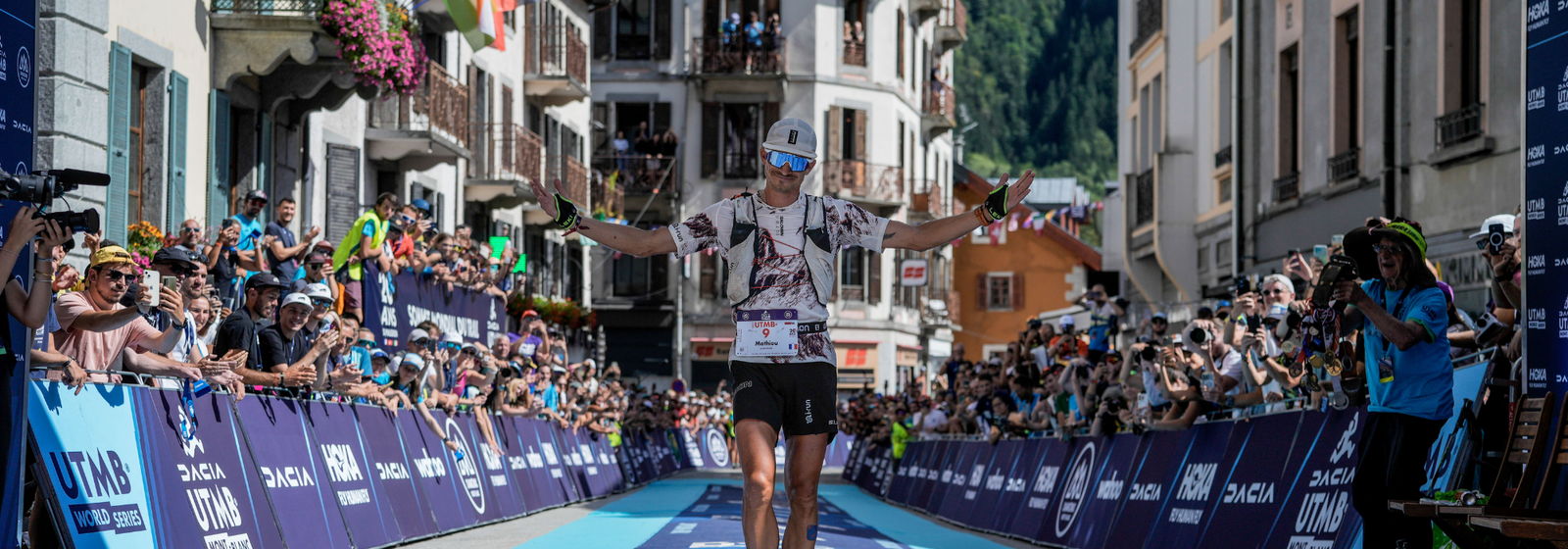

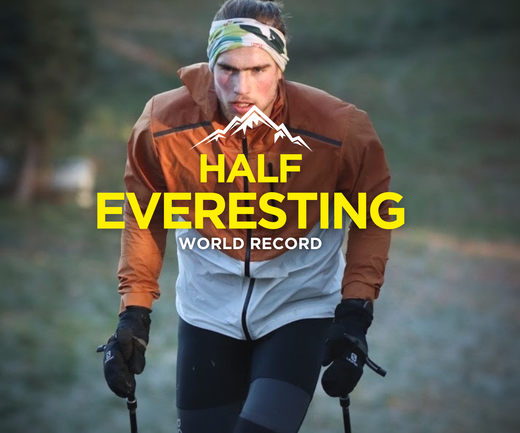


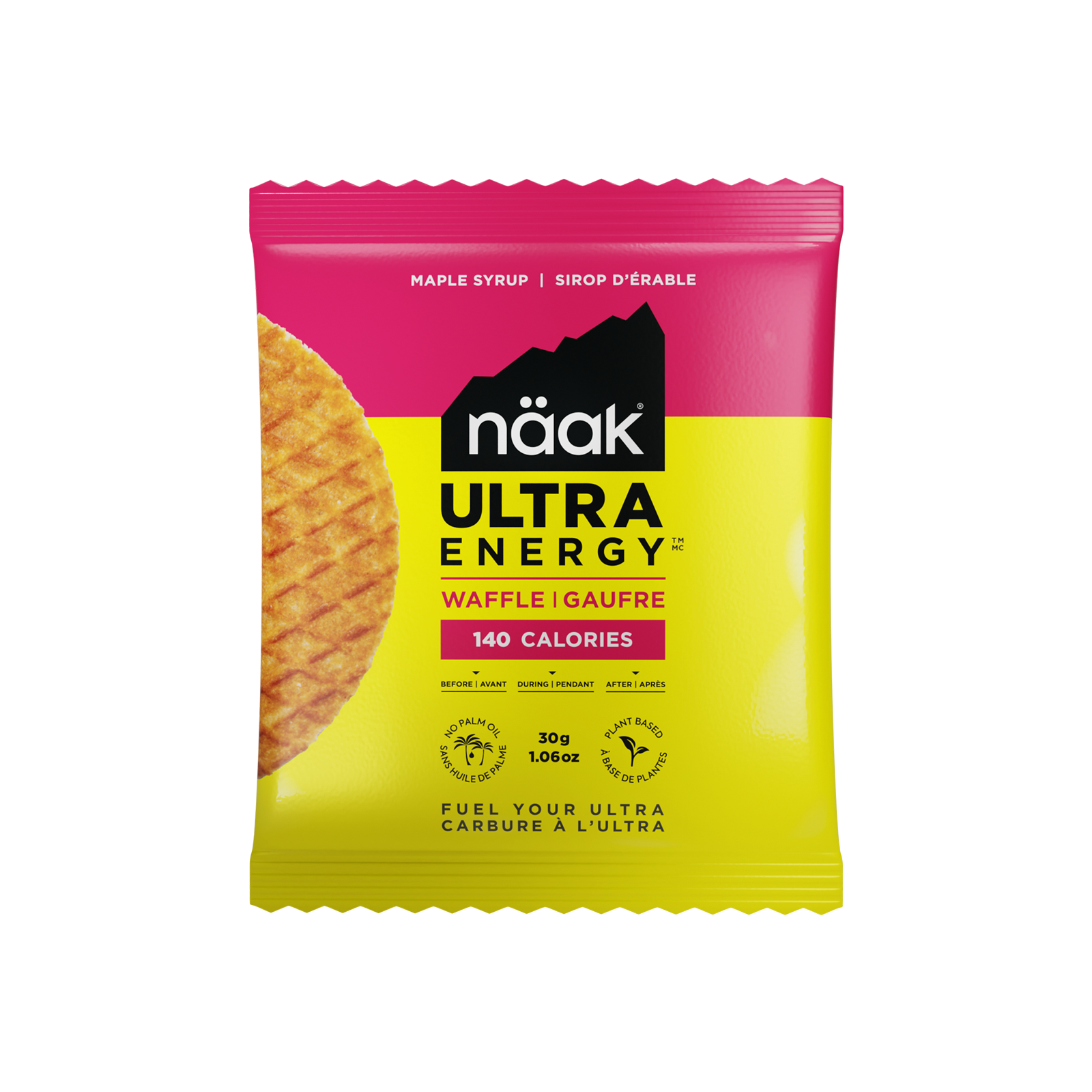
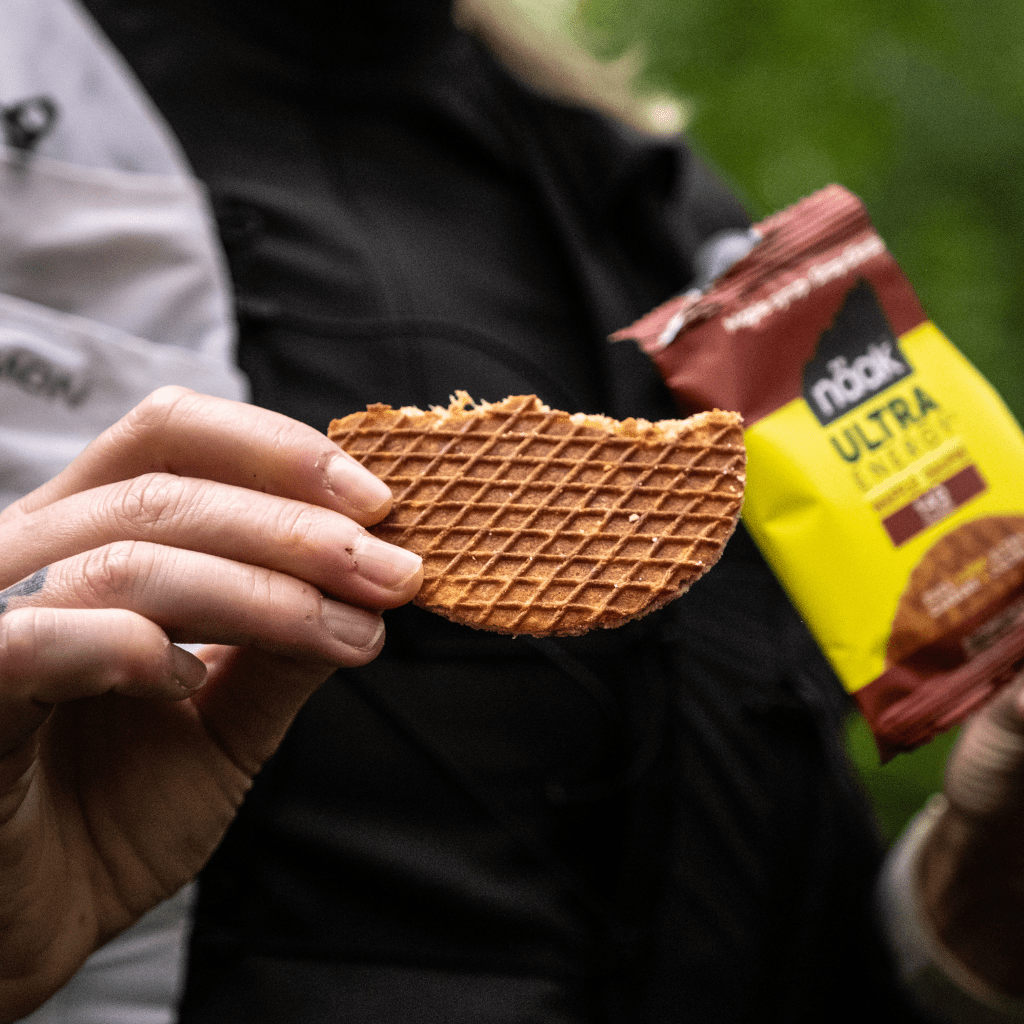
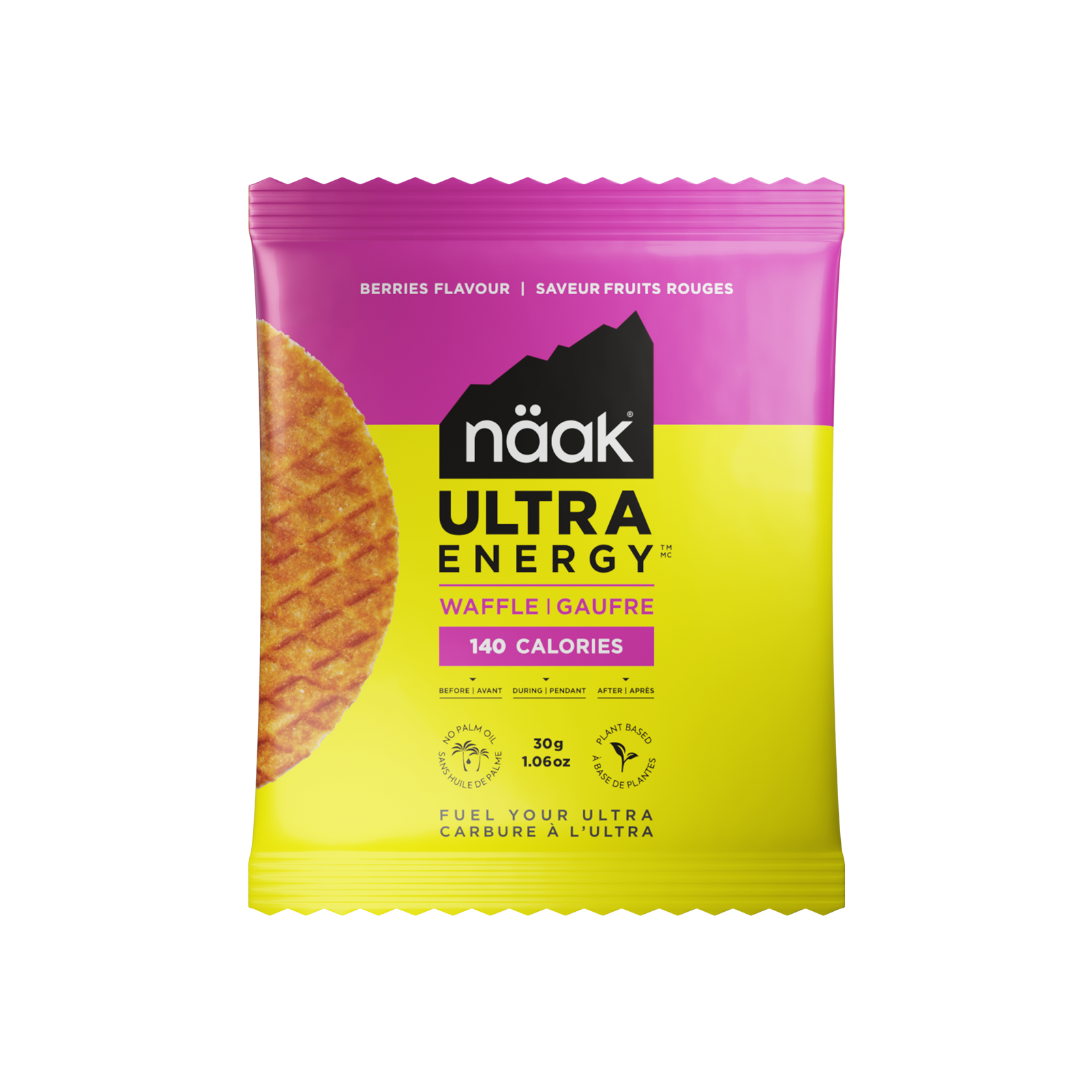


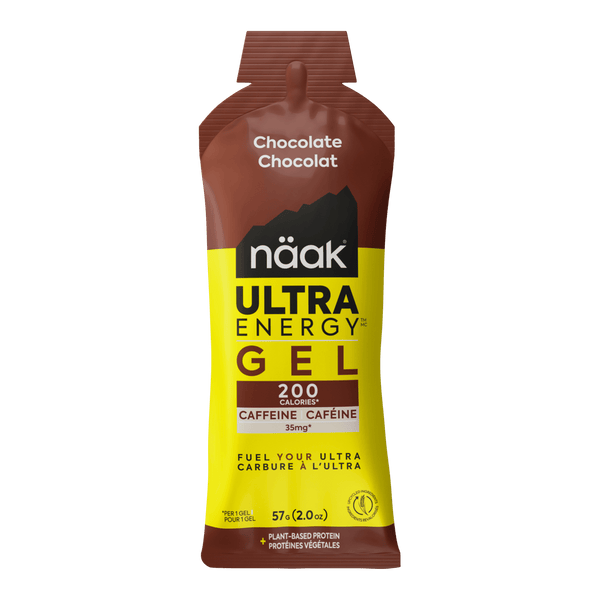
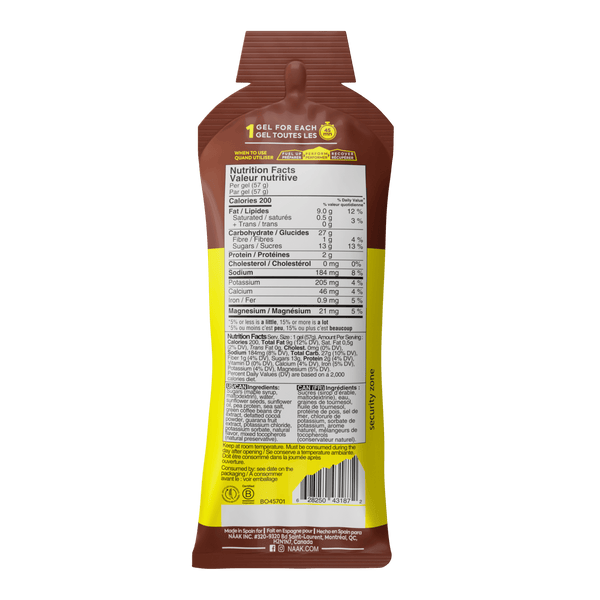
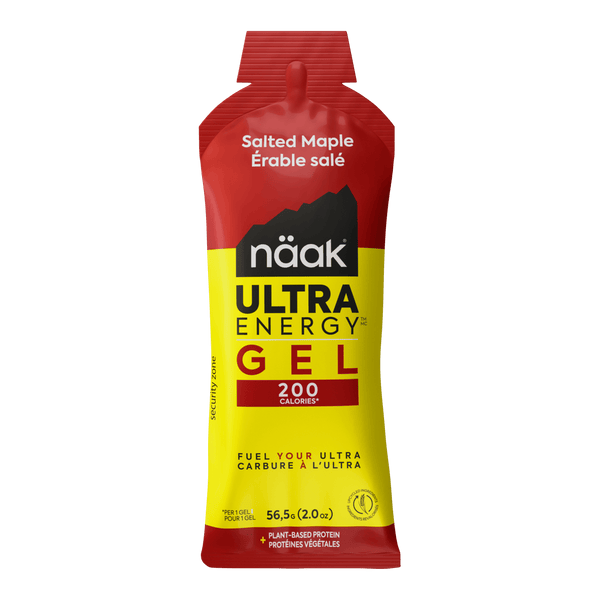
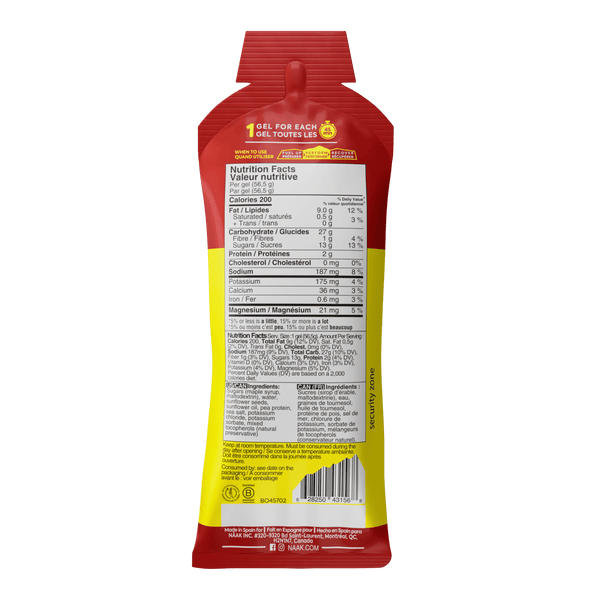
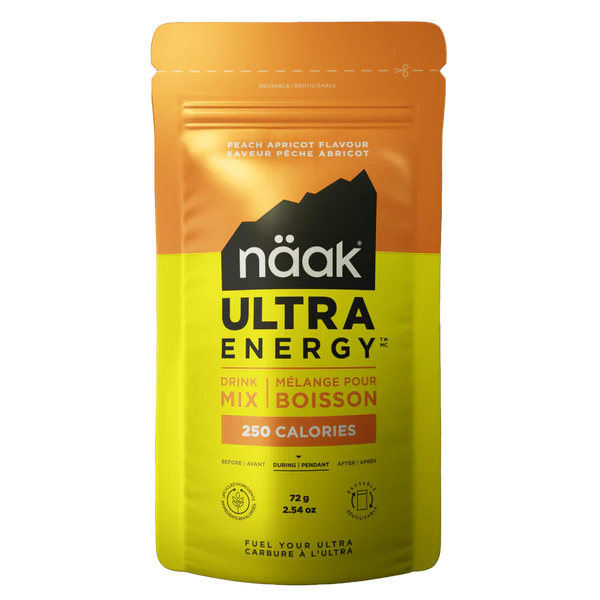
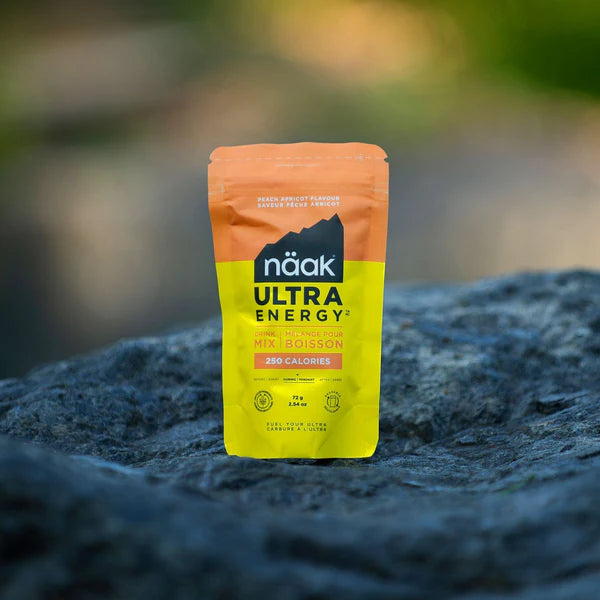


Leave a comment (all fields required)